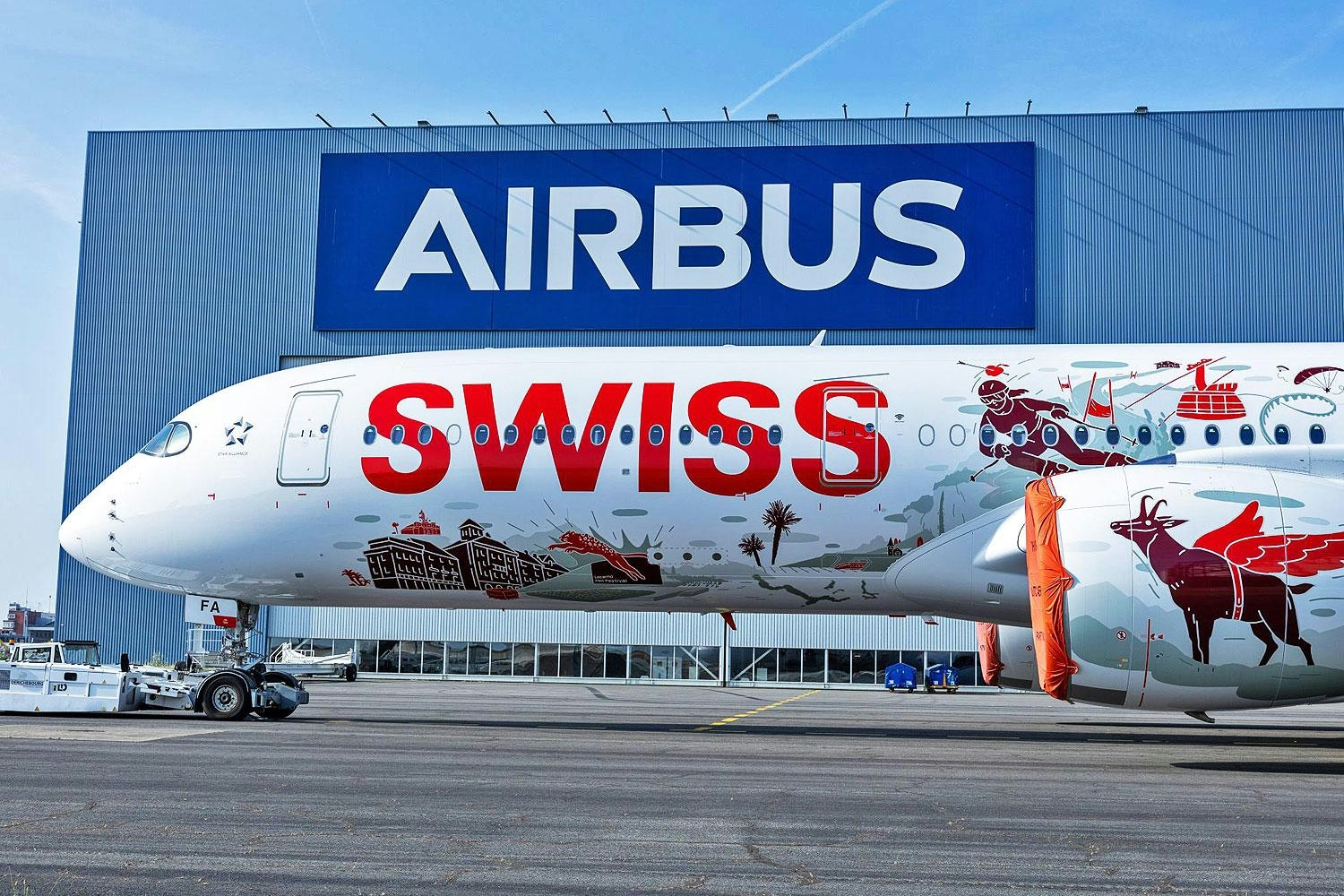
AeroGenie — Seu copiloto inteligente.
Tendências
Categories
GIFT City Creates $5 Billion Annual Opportunity for Domestic Aviation, Says Naidu
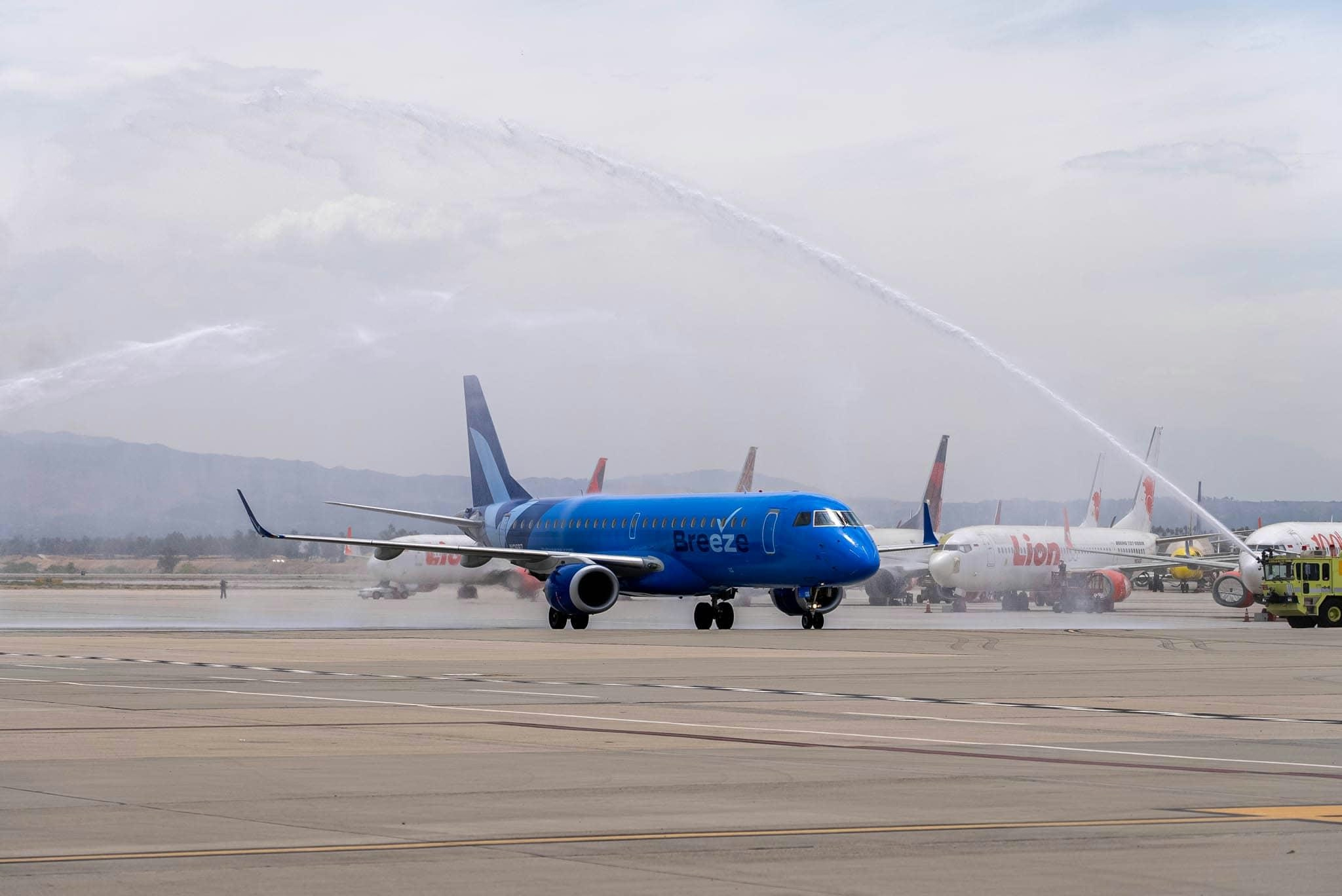
GIFT City Poised to Unlock $5 Billion Annual Opportunity in Domestic Aviation
Union Minister Jyotiraditya Scindia has underscored the transformative potential of GIFT City, projecting it as a catalyst for generating a $5 billion annual opportunity within India’s domestic aviation sector. Addressing the government’s vision of a "Viksit Bharat" by 2047, Scindia highlighted the collective ambition of India’s 1.4 billion citizens to unite their efforts toward national development. He identified civil aviation as a critical driver in this endeavor, positioning the sector as a powerful springboard for the country’s broader progress.
Challenges and Industry Response
Despite the promising outlook, realizing this opportunity will require overcoming significant challenges. Industry experts emphasize the necessity of robust infrastructure and stringent regulatory compliance to sustain the anticipated growth. The aviation sector is already witnessing increased investment in advanced technologies and enhanced safety measures, reflecting broader market trends. Notably, the aviation smart maintenance market is projected to reach $12 billion by 2034, signaling the industry’s commitment to operational efficiency and reliability.
Competitors within the sector are also intensifying efforts to improve safety protocols and compliance standards. The aviation safety compliance market is expected to expand to $13 billion by 2034, underscoring a heightened focus on regulatory adherence and risk management. Furthermore, the pre-takeoff safety checks market is projected to grow at a compound annual growth rate (CAGR) of 5.8%, reaching $650 billion by 2034, further highlighting the sector’s prioritization of safety.
GIFT City’s Strategic Role in Aviation Growth
As GIFT City establishes itself as a hub for financial and business services, its influence on domestic aviation is anticipated to be substantial. The convergence of increased investment, technological advancement, and regulatory focus positions the aviation sector to play a pivotal role in India’s journey toward becoming a developed nation by 2047.
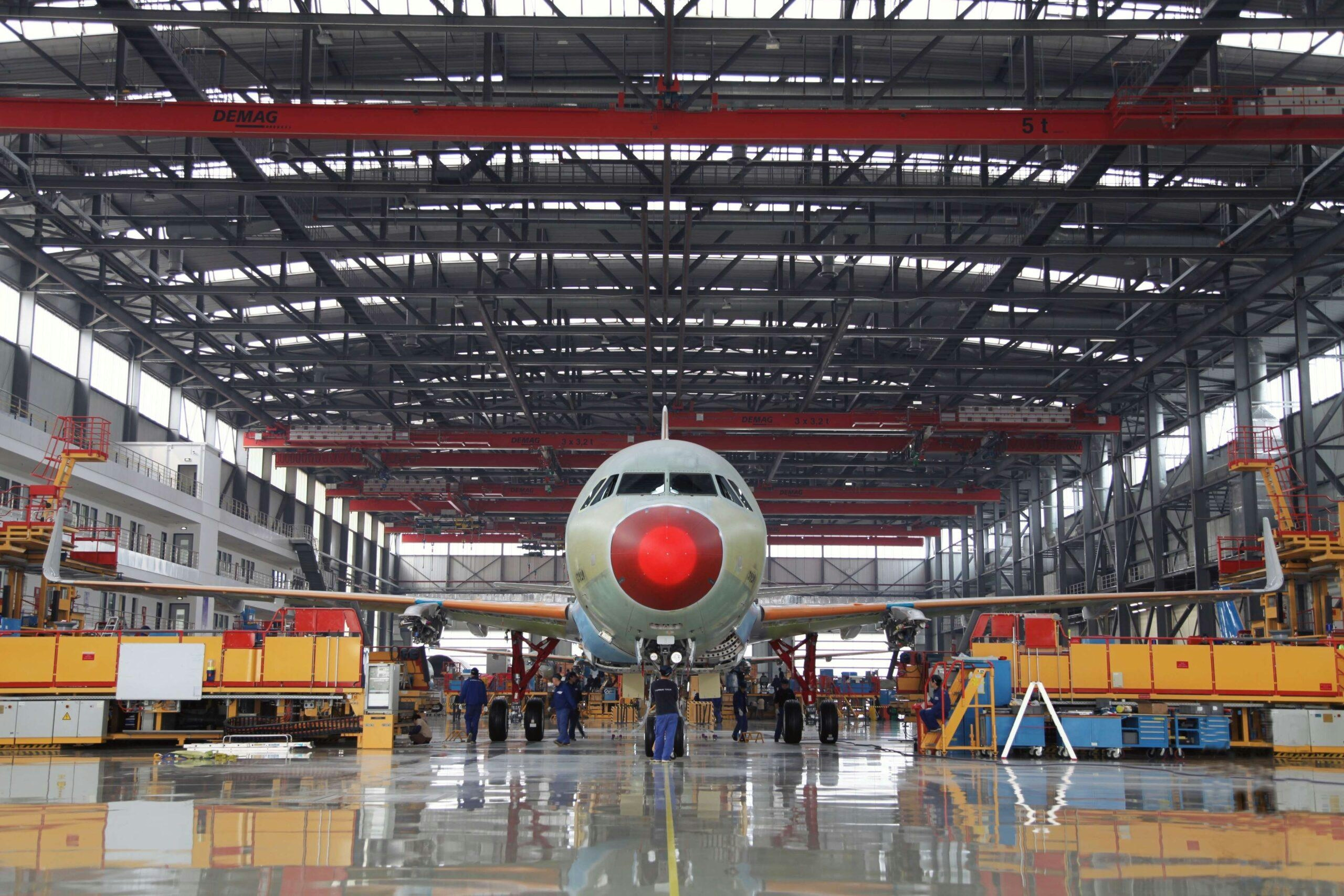
Airbus Forecasts 3.6% Annual Growth in Aircraft Services Through 2044
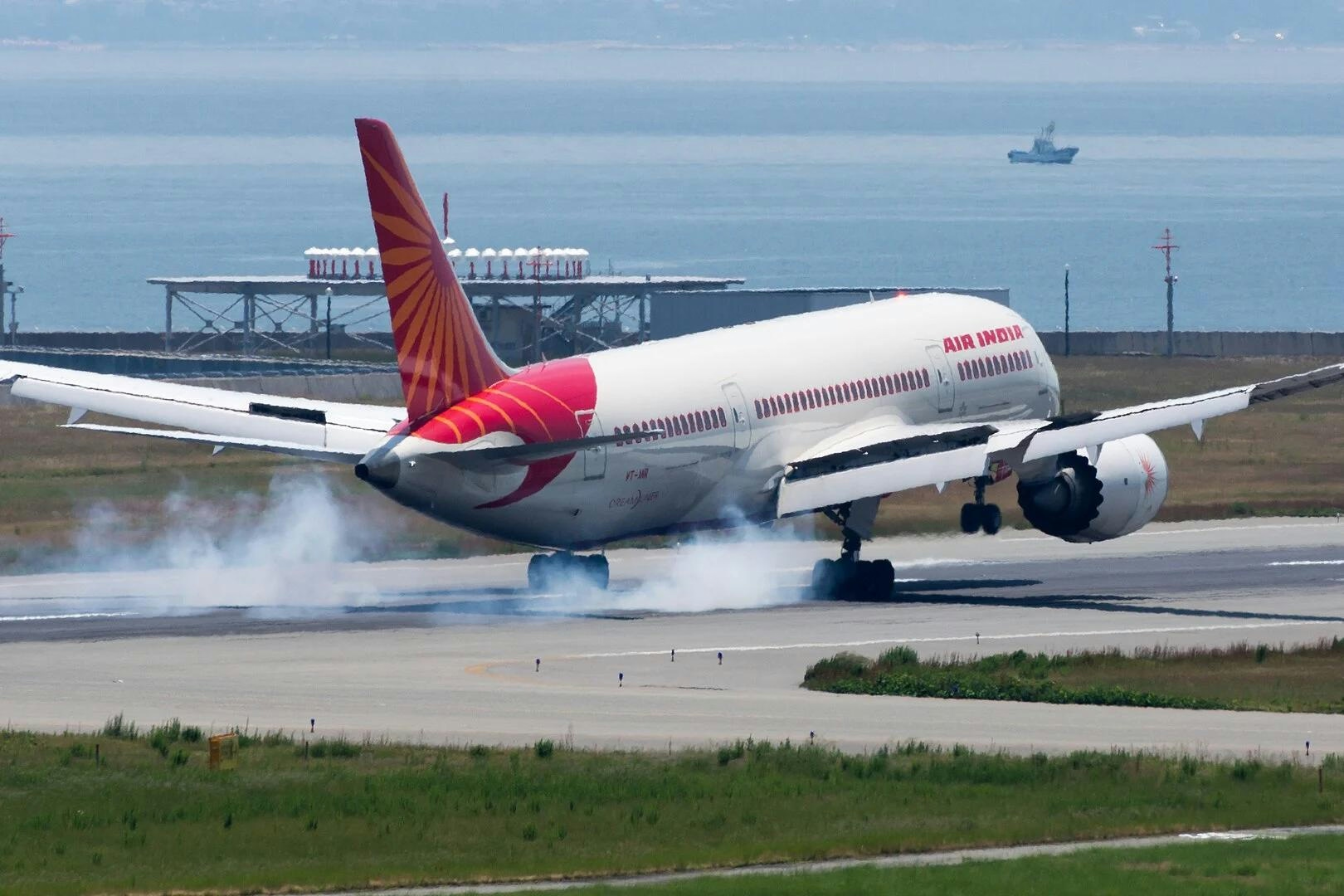
Pilot's association demands grounding of all Air India Boeing 787 flights, cites repeated technical snags

Deloitte Outlines Technology Priorities for 2025
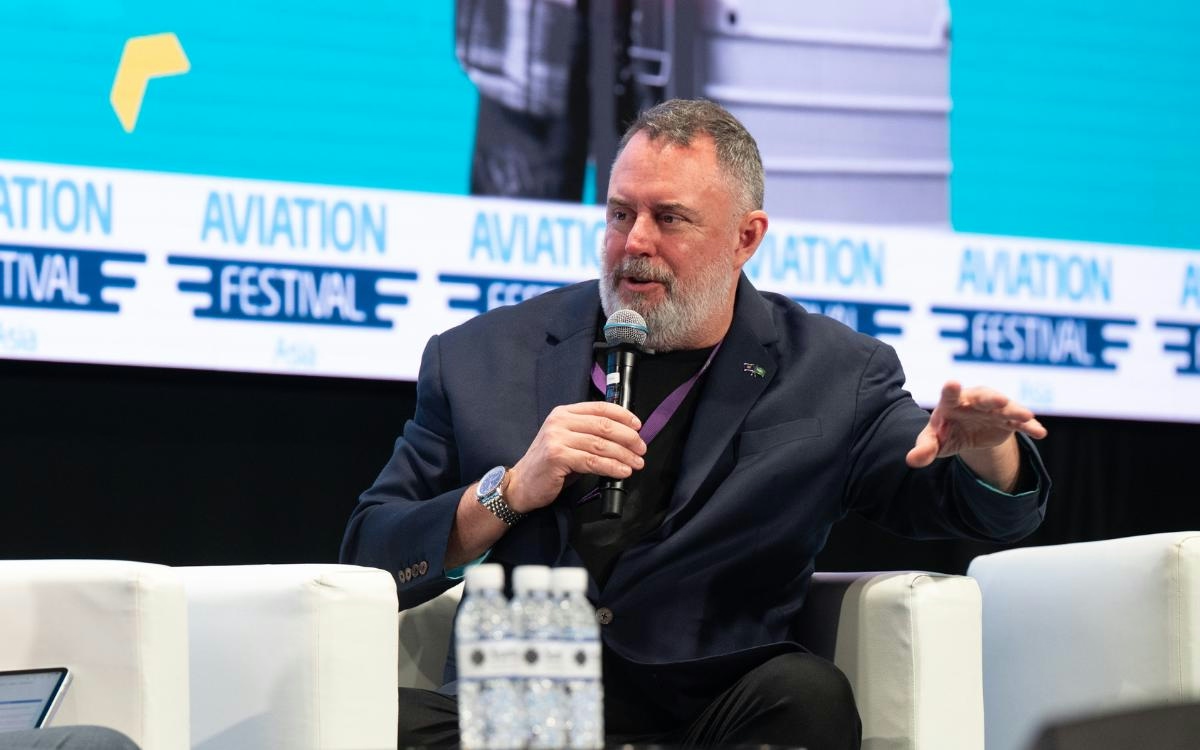
World Aviation Festival 2025 Announced
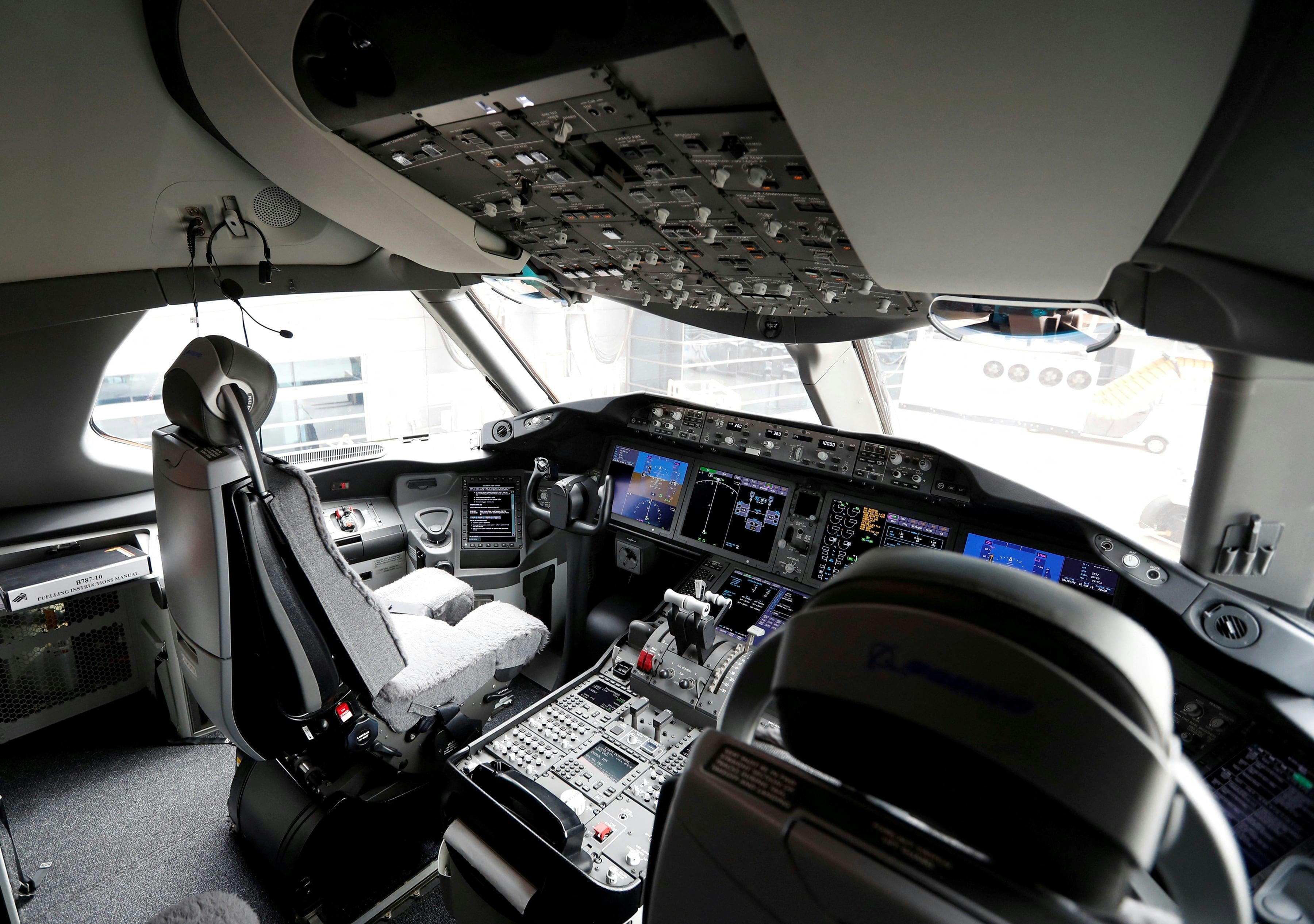
Delhi-Bound AI Dreamliner Diverts to Dubai; FIP Calls for B787 Inspections

Inter Airport Europe 2025: Highlights from Day Three
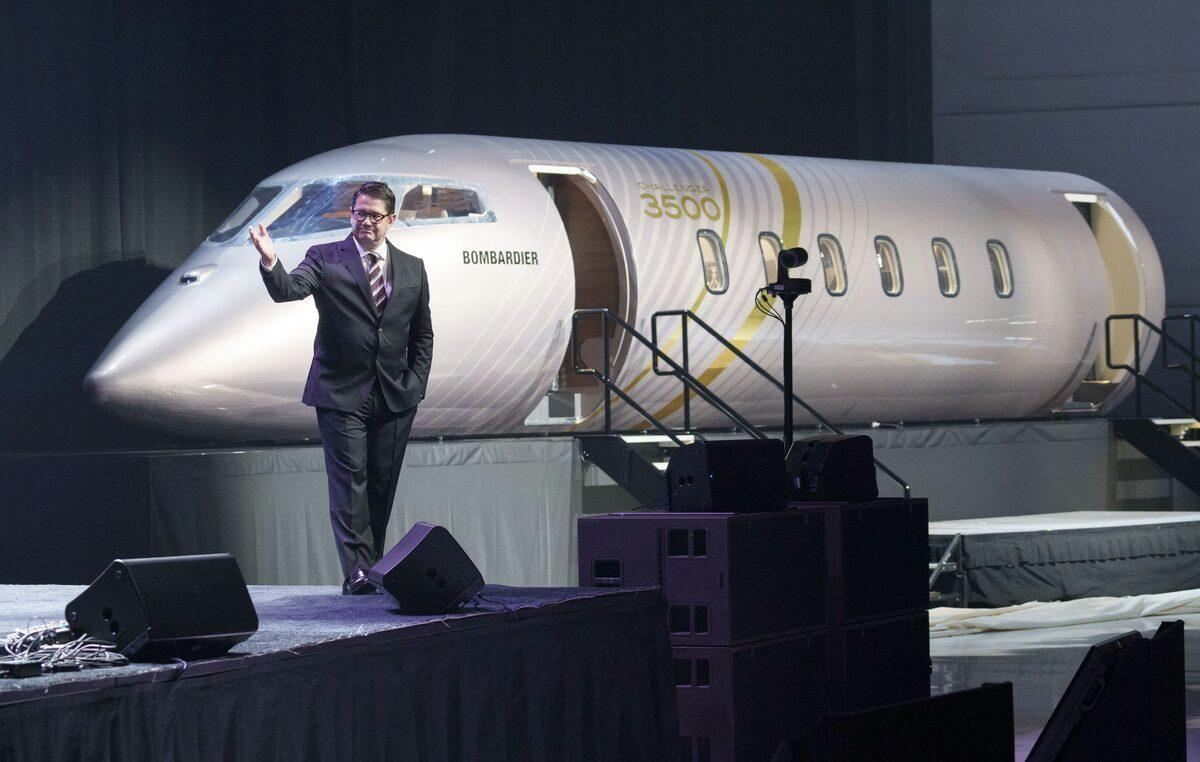
AB Jets Takes Delivery of First Bombardier Challenger 3500
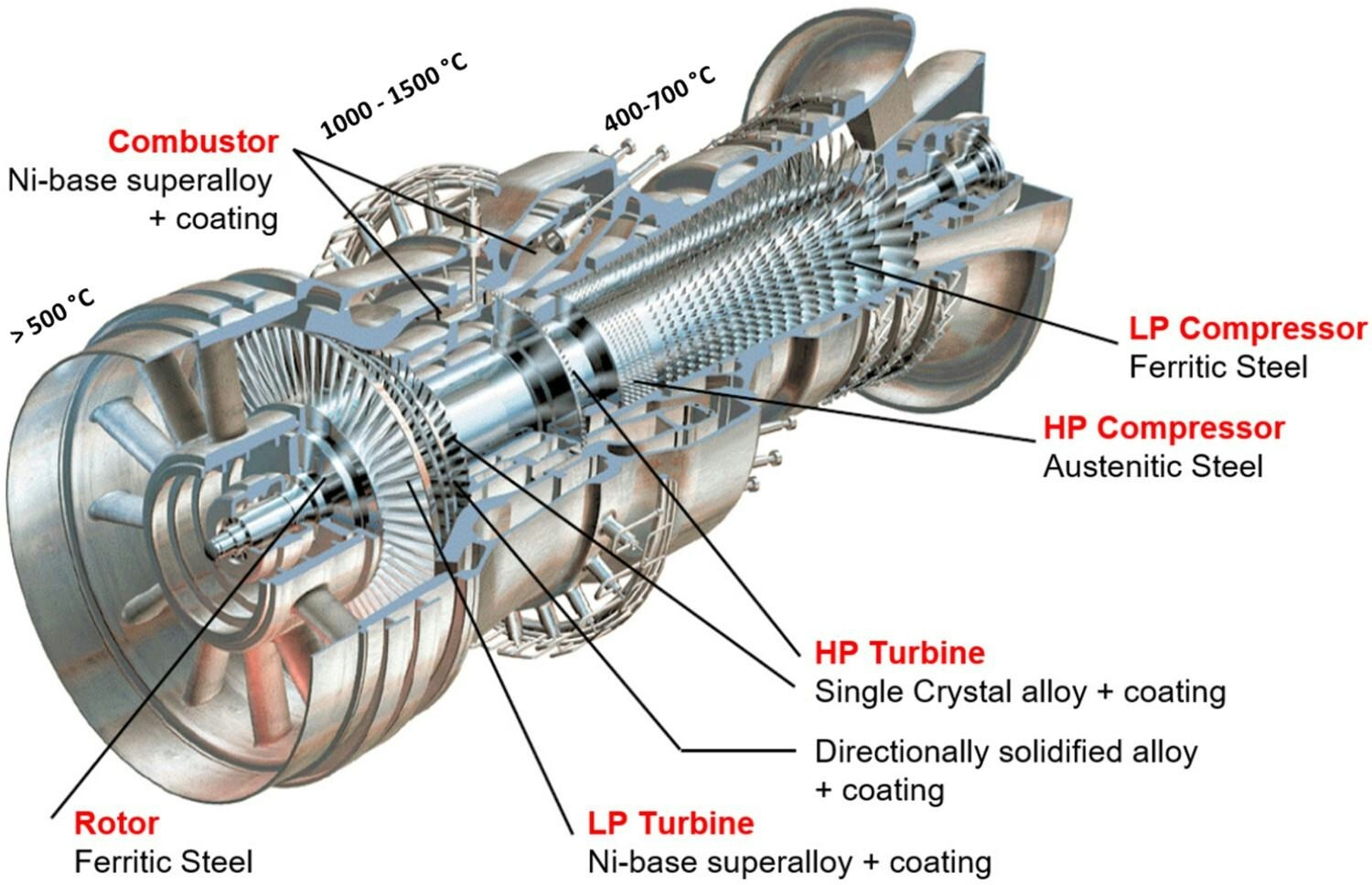
New Alloy Withstands 3,632°F, Promises Reduced Fuel Use in Aviation and Turbines
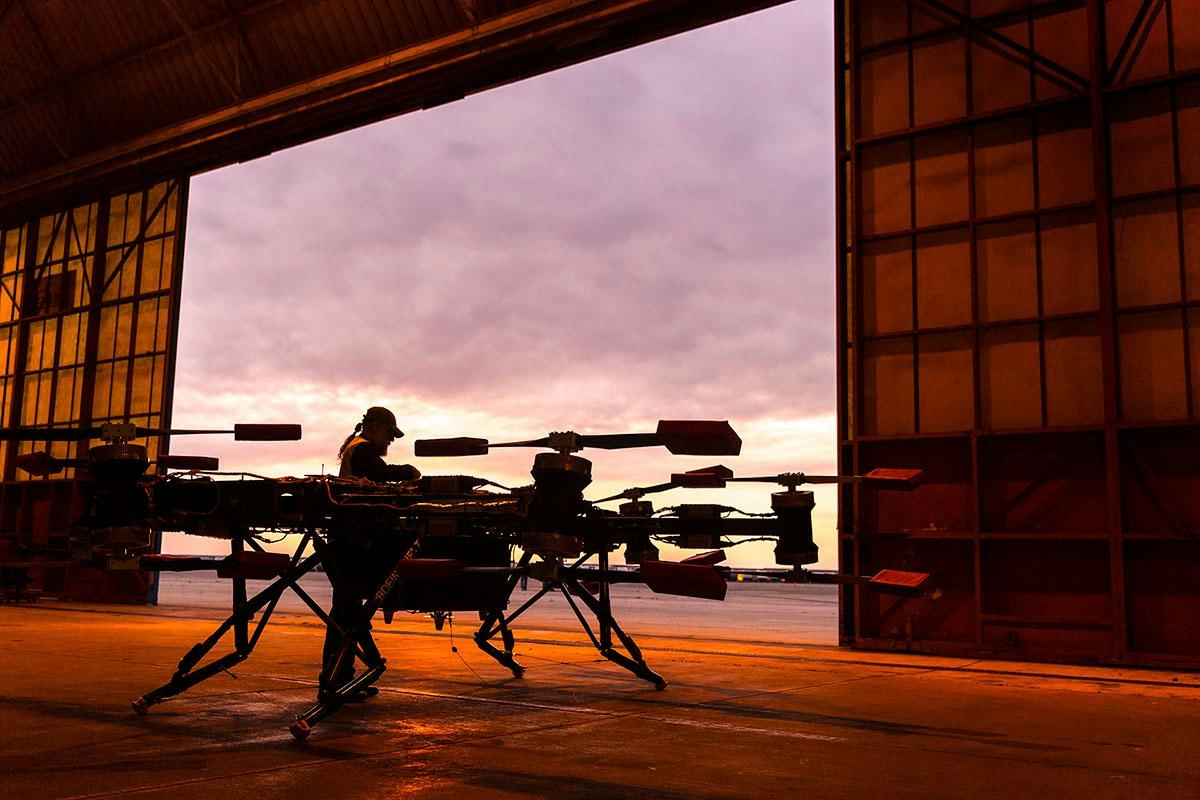
Advances in Air Mobility Open New Opportunities
